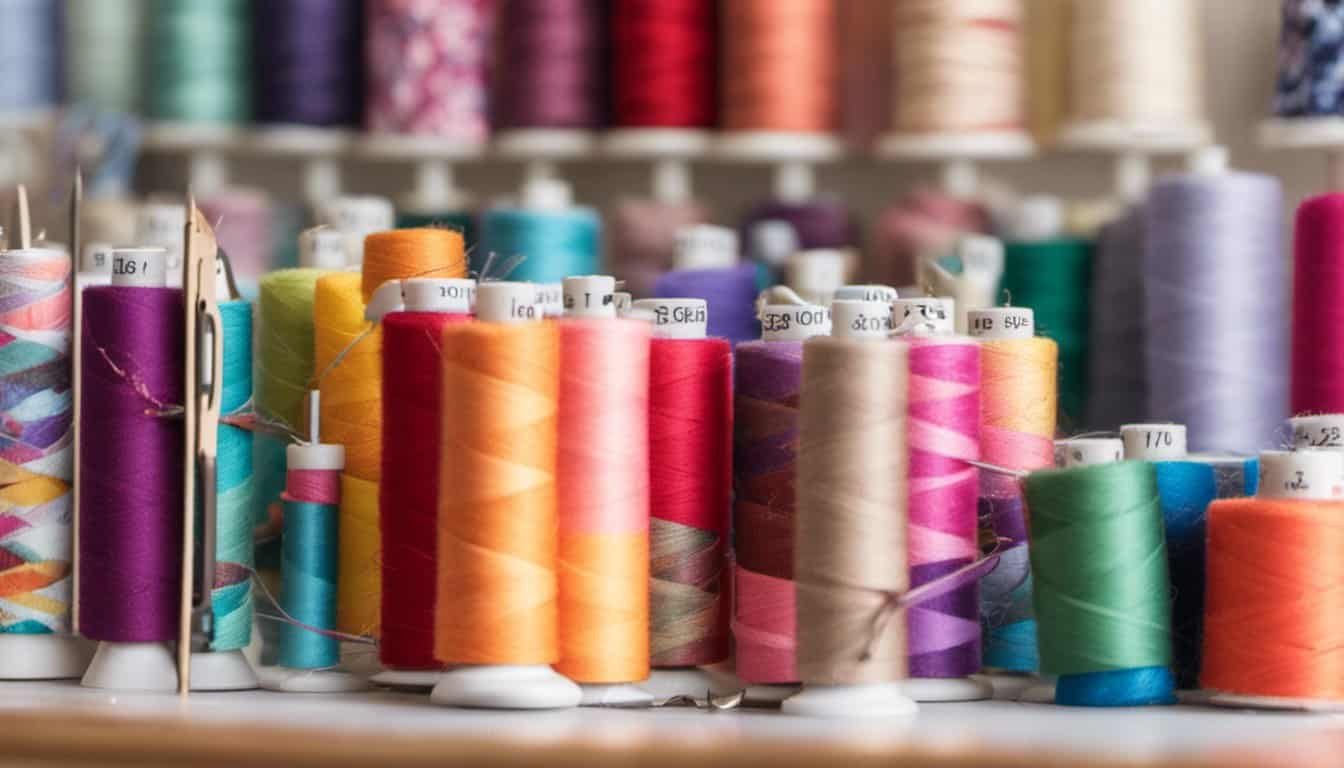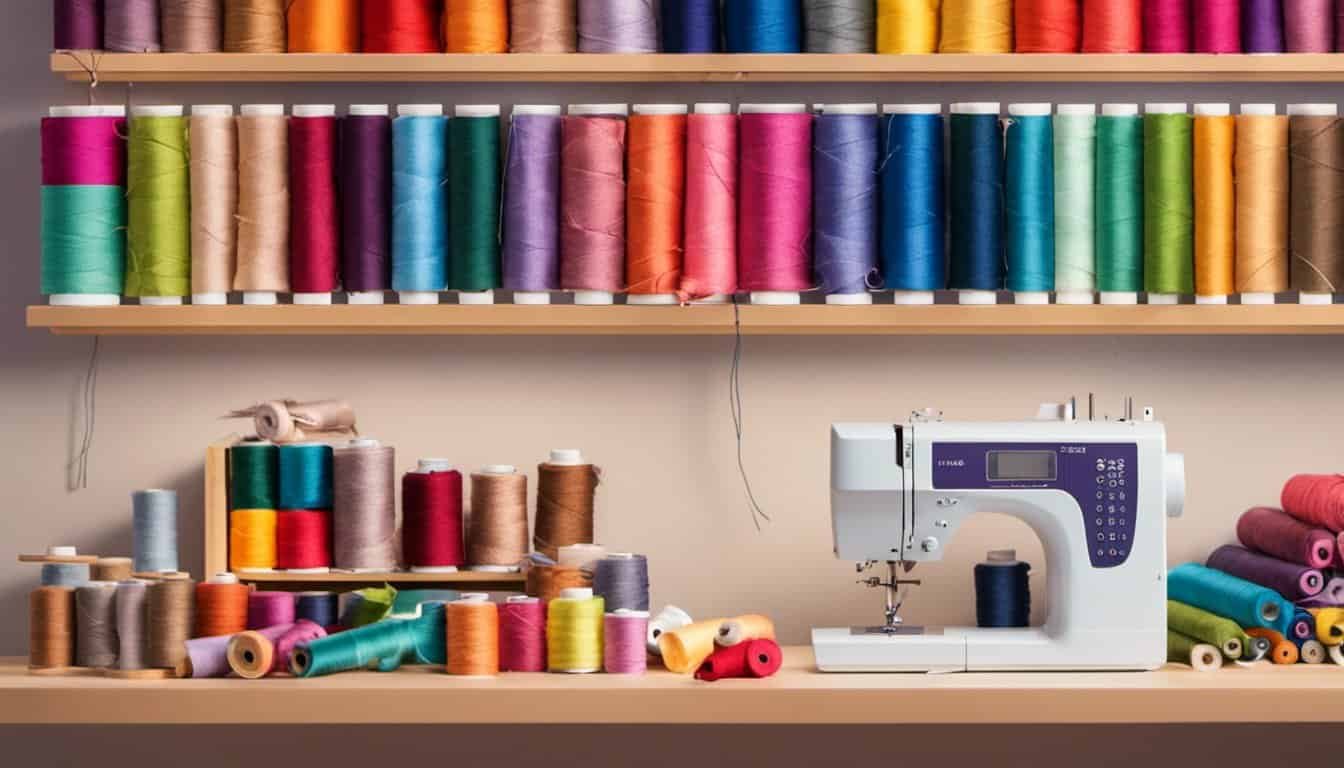Choosing the right fabric can make or break your project. Ever wondered why some materials flow effortlessly while others stay stiff? Understanding fabric drape is key to achieving the look and feel you desire.
When you grasp how a fabric moves and hangs, you can select the perfect material for your designs. Whether you’re sewing a gown or upholstering furniture, drape influences both aesthetics and functionality. Let’s dive into the world of fabric drape and discover how it can transform your projects.
What Is Fabric Drape
Fabric drape describes how a material gracefully falls and flows when suspended. Understanding drape helps you choose fabrics that enhance your project’s look and functionality.
Definition And Explanation
Fabric drape refers to the way a fabric hangs under its own weight. It determines the fabric’s flow, softness, and ability to conform to shapes. Lightweight fabrics like chiffon exhibit fluid drape, creating airy and elegant garments. Heavier fabrics such as wool provide a stiffer drape, ideal for structured pieces. The weave, fiber content, and weight of the fabric influence its drape, affecting how it interacts with movement and form.
Importance In Design Projects
Choosing the right drape enhances both aesthetics and functionality. In sewing, a fabric with excellent drape creates flattering silhouettes for dresses and blouses. For upholstery, proper drape ensures cushions and curtains hang smoothly, adding to the room’s appeal. In knitting and embroidery, understanding drape helps in selecting materials that complement the design’s intended flow and texture. By considering drape, you ensure your projects not only look beautiful but also perform well in their intended use.
Factors Influencing Fabric Drape
Several elements determine how fabric drapes, directly impacting your project’s outcome. Understanding these factors helps you select the right material for your specific needs.
Fiber Content
The type of fiber in your fabric plays a crucial role in its drape. Natural fibers like silk, cotton, and wool offer varied flexibility and movement. For instance, silk drapes fluidly, enhancing elegant designs, while cotton provides a more structured fall, suitable for casual garments. Synthetic fibers such as polyester combine durability with a consistent drape, making them ideal for upholstery and versatile fashion pieces.
Fabric Weight
Fabric weight significantly affects drape quality and appropriateness for different projects. Lightweight fabrics (under 5 ounces per square yard) like chiffon create airy, flowing silhouettes perfect for evening wear and delicate curtains. Medium-weight fabrics (5-10 ounces per square yard) offer a balanced drape suitable for everyday clothing and moderate upholstery. Heavier fabrics (over 10 ounces per square yard) maintain a stiff structure, ideal for outerwear, structured garments, and durable upholstery applications.
Weave And Knit Structures
The weave or knit structure of a fabric influences its flexibility and hanging behavior. Woven fabrics such as satin and twill exhibit smooth, controlled drapes, enhancing formal attire and sophisticated interiors. Knitted fabrics like jersey and rib knit offer stretch and casual fluidity, making them ideal for comfortable garments and relaxed upholstery. Additionally, double-weave or specialty weaves provide unique draping characteristics tailored to specific design requirements.
Types Of Fabric Drape
Choosing the right drape enhances your project’s aesthetic and functionality. Understanding each drape type helps you select the perfect fabric for your needs.
Soft Drape
Soft drapes flow freely and create graceful silhouettes. Lightweight fabrics like chiffon, silk, and lightweight cotton exhibit this drape. They’re ideal for dresses, scarves, and curtains where fluid movement is desired. Soft drapes add elegance and a delicate touch to your creations.
Stiff Drape
Stiff drapes maintain a structured and defined shape. Heavy fabrics such as wool, denim, and canvas provide this drape. Use stiff drapes for tailored garments, upholstery, and accessories that require firmness and stability. This type ensures durability and a polished appearance in your projects.
Medium Drape
Medium drapes offer a balance between flow and structure. Fabrics like ponte, twill, and medium-weight linen display this drape. They are versatile for a range of applications, including blouses, skirts, and furniture covers. Medium drapes provide both comfort and form, making them suitable for various design needs.
Effects Of Fabric Drape On Design Projects
Understanding fabric drape transforms your design projects by enhancing both aesthetics and functionality. Here’s how drape impacts different areas of your creative work.

Fashion Design
Fabric drape shapes your garments’ silhouettes and movement. Soft drapes from chiffon or silk create flowing dresses and elegant blouses, offering freedom of movement and a graceful appearance. Medium drapes, like those from ponte or twill, provide structure for tailored jackets and versatile pants, balancing form and flexibility. Stiff drapes, using fabrics such as wool or denim, maintain sharp lines in suits and structured skirts, ensuring a polished, professional look. Selecting the right drape ensures your designs flatter the wearer and perform well in various settings.
Interior Design
In interior design, fabric drape influences the room’s ambiance and functionality. Lightweight drapes from linen or voile allow natural light to filter through, creating airy and open spaces ideal for curtains and soft furnishings. Medium drapes, using fabrics like cotton blends or polyester, offer versatility for upholstery and window treatments, balancing texture and durability. Stiff drapes from materials such as velvet or heavyweight cotton add elegance and structure to furniture, enhancing the room’s sophistication. Choosing the appropriate drape helps achieve the desired mood and practical use in your interior spaces.
Upholstery Projects
Fabric drape affects the comfort and appearance of upholstered furniture. Soft drapes from fabrics like chenille or microfiber provide a cozy feel and smooth appearance, perfect for cushions and sofas that invite relaxation. Medium drapes, such as those from linen or twill, offer durability and ease of maintenance for everyday use pieces like armchairs and ottomans. Stiff drapes from materials like leather or heavy canvas ensure a defined shape and long-lasting structure for furniture that requires a firm hold, such as dining chairs and benches. Selecting the right drape enhances both the look and longevity of your upholstery projects.
Choosing The Right Fabric For Your Project
Selecting the perfect fabric ensures your project achieves both its aesthetic and functional goals. Carefully evaluate your options to find the material that best suits your needs.
Assessing Project Requirements
Determine your project’s specific needs before choosing a fabric. Consider factors such as:
- Purpose: Identify whether the project is for clothing, upholstery, or crafting.
- Drape: Decide if you need a fluid, soft drape or a stiff, structured one.
- Durability: Assess the fabric’s ability to withstand wear and tear.
- Maintenance: Choose fabrics that match your desired care level, whether dry-clean only or machine washable.
« Unlock the Secrets of Sewing Monochrome Outfits: The Sleek Trend Taking Over Fashion
15 Must-Read Sewing Books for All Levels to Transform Your Craft Today »
For instance, lightweight cotton works well for summer garments, while sturdy denim suits durable applications like jeans or upholstery.
Testing Fabric Drape
Evaluate how a fabric behaves by conducting drape tests. Follow these steps:
- Select Samples: Gather swatches of potential fabrics.
- Hang Samples: Suspend each swatch from a fixed point.
- Observe Behavior: Note how the fabric flows, folds, and responds to gravity.
This hands-on approach helps you visualize the fabric’s movement and suitability for your project, ensuring the drape aligns with your design vision.
Balancing Aesthetics And Functionality
Achieve a harmonious blend of beauty and practicality by considering both visual appeal and performance. Focus on:
- Color and Pattern: Choose hues and designs that enhance your project’s look.
- Texture: Select fabrics that provide the desired tactile experience.
- Functionality: Ensure the fabric meets the project’s functional requirements, such as breathability for clothing or resilience for upholstery.
- Comfort: Prioritize materials that offer comfort, especially for wearable items.
By balancing these elements, your project will not only look attractive but also perform effectively in its intended role.

Conclusion
Choosing the right fabric drape can truly transform your projects. Whether you’re crafting garments or decorating a room, understanding how fabric flows helps you create pieces that look and feel perfect.
Experiment with different drapes to find what works best for your needs. With a bit of practice, you’ll select fabrics that not only enhance the beauty of your designs but also ensure they function smoothly in their intended roles. Embrace the versatility of fabric drape and watch your creative ideas come to life effortlessly.

















